calsfoundation@cals.org
Sharp County
| Region: | Northeast |
| County seat: | Ash Flat |
| Established: | July 18, 1868 |
| Parent county: | Lawrence |
| Population: | 17,271 (2020 Census) |
| Area: | 604.62 square miles (2020 Census) |
| Historical Population as per the U.S. Census: | |||||||||
|
1810 |
1820 |
1830 |
1840 |
1850 |
1860 |
1870 |
1880 |
1890 |
1900 |
|
– |
– |
– |
– |
– |
– |
5,400 |
9,047 |
10,418 |
12,199 |
|
1910 |
1920 |
1930 |
1940 |
1950 |
1960 |
1970 |
1980 |
1990 |
2000 |
|
11,688 |
11,132 |
10,715 |
11,497 |
8,999 |
6,319 |
8,233 |
14,607 |
14,109 |
17,119 |
|
2010 |
2020 |
|
|
|
|
|
|
|
|
|
17,264 |
17,271 |
|
|
|
|
|
|
|
|
| Population Characteristics as per the 2020 U.S. Census: | ||
| White |
15,876 |
91.9% |
| African American |
118 |
0.7% |
| American Indian |
126 |
0.7% |
| Asian |
60 |
0.3% |
| Native Hawaiian or Other Pacific Islander |
20 |
0.1% |
| Some Other Race |
136 |
0.8% |
| Two or More Races |
935 |
5.4% |
| Hispanic Origin (may be of any race) |
362 |
2.1% |
| Population Density |
28.6 people per square mile |
|
| Median Household Income (2019) |
$34,671 |
|
| Per Capita Income (2015–2019) |
$21,423 |
|
| Percent of Population below Poverty Line (2019) |
22.2% |
|
Sharp County, in northern Arkansas, was established in 1868. Though long known as a location for good hunting and timber, it has remained rather sparsely populated, though the resort town of Cherokee Village is one of the state’s leading retirement communities, and Hardy is a well-known tourist destination.
Pre-European Exploration
Local tradition holds that Wahpeton Hill in what is now Hardy was home at one time to Osage and Sioux. However, the Osage, though they likely hunted in the area, maintained no settlements, and the real Wahpeton Sioux lived farther north in South Dakota and Canada. Archaeological finds in the area do include a large variety of arrowheads, spear points, pottery, and handicrafts linked which give convincing proof of the prehistoric progression of Native Americans through the Ozark Mountains.
Louisiana Purchase through Early Statehood
The date when the earliest white settlers inhabited Sharp County remains disputed, though the earliest families were known to have been living in the Ash Flat area in the middle to late 1820s. Other towns were soon settled, such as Calamine, which was established in the 1820s. The Williford area was settled in 1841. Evening Shade established the first school in 1847. In 1856, zinc was discovered in and around Calamine and was mined briefly until the advent of the Civil War, which brought the operations to a halt.
Some of the early settlers brought enslaved people with them. Addison H. Nunn, for instance, was the largest slaveholder in the area around future Sidney, which became a town in 1866, with the post office in Nunn’s home.
Civil War through Reconstruction
No large-scale Civil War actions occurred in the county. The most notable action was the January 7, 1864, Skirmish at Martin’s Creek. Another skirmish occurred the following month at Morgan’s Mill, located one mile west of Williford. A service commemorating the skirmish and dedicating a historical marker was held on November 27, 2004, several miles east of Hardy.
A few free Blacks inhabited Sharp County after the war. A low population of African American residents continues in the twenty-first century with just over one percent of the population in the 2020 federal census identified as such.
Reconstruction through the Gilded Age
Sharp County was carved from Lawrence County in 1868, with parts of Independence County annexed in 1873. The newly formed county was named Sharp County in honor of Ephraim Sharp of Evening Shade, who served as a representative for Lawrence County in the Arkansas General Assembly. Sharp County was described at the time in a letter from H. L. Roberts to James M. Lewis, Arkansas’s first appointed commissioner of immigration and state lands, as having a healthy section of the state known for its bountiful fruit trees, abundance of timber, plentiful game, scenic grasslands, and rivers.
At first, the county had two courthouses. The first was built in 1870 in Evening Shade, while the second, completed in 1894, was located in Hardy. It was necessary to have two because the county was divided by two rivers, the Strawberry River at the south end of the county and the Spring River at the north end. During that time, there was much controversy over the location of a single courthouse.
The Sharp County Journal was the county’s first newspaper, published in Evening Shade in 1877; it later became the Sharp County Record.
Hardy and Williford were built along the banks of the Spring River. Hardy itself was established as the result of the construction of the Kansas City, Springfield, and Memphis Railroad. The line between Memphis, Tennessee, and Kansas City, Missouri, was completed on July 4, 1883, and the first train passed through Williford on October 1, 1883. The St. Louis and San Francisco Railway Company, first organized in 1876, also ran passenger and freight trains through railroad stations in both Hardy and Williford.
Wirth was sixty percent German when it was first settled in 1883, and the German language was spoken by its residents.
In 1890, when the state began to support elementary and secondary education to the amount of seventy-six cents per year for each enrolled pupil between the ages of six and twenty-one, Sharp County had seventy-nine one-room schoolhouses.
Cave City is located in the southern section of Sharp County and is widely known for its sweet watermelons. Cave City was known as Loyal in 1880, and the name was changed to Cave City because it sat above the Crystal River, which is accessible only through the Crystal River Tourist Camp. This is no longer open to the public but is listed on the National Register of Historic Places. Little is known about Crystal River, but it is a unique river because of its inhabitants. In 2002, scientists learned that the river was home to a rare species of freshwater shrimp. The shrimp was given the scientific name Bacturus speleopolis, the second word being Greek for Cave City. The river is also home to a type of eyeless fish called sucker fish.
Early Twentieth Century
A December 28, 1906, article from the Sharp County Record noted that African Americans were fleeing Evening Shade following the posting of a notice “to the effect that these negroes must leave the county at once…” Little is known about the reason behind this expulsion, but Evening Shade was soon known as a sundown town, a place where African Americans were not allowed after dark. The nearby town of Sidney thus became a refuge for African Americans.
The Great Depression hit Sharp County hard, but its residents were better off than many living in the cities. Sharp County residents raised animals for meat and milk and had large gardens.
World War II through the Faubus Era
World War II took many of the young men from the area, and many families moved away to seek work. A number of people left for the state of Washington to pick fruit.
The county’s population bounced back in the 1960s due in large part to the establishment of Cherokee Village, a retirement community that was opened in 1955. By the 1960s, it had attracted so many retirees that the town needed more land. Cherokee Village made Arkansas a prime retirement destination.
In 1963, a Community Center was built in Ash Flat that included rooms that were used as court areas. In 2003, an annex to the center was completed, which included the offices of the circuit judge, prosecuting attorney, and sheriff, as well as a new courtroom.
Modern Era
The Spring River area was devastated in 1980 by a flood that closed many businesses and destroyed a historical bridge; there are, however, more than forty original businesses on the National Register of Historic Places in Hardy. The San Francisco Railroad Depot was razed in 1980 in Hardy, but freight trains continued to run through both Hardy and Williford.
Highland was incorporated in 1998 and is the home of the school system for the northern section of Sharp County. Ash Flat in 2001 became home to its own extension of Ozarka College. Ash Flat is also home to a veterans’ memorial built in 2006 to recognize veterans from all the United States’ wars.
The county is composed of several towns: Hardy, Cherokee Village, Ash Flat, Cave City, and Highland, as well as Poughkeepsie, Evening Shade, Sidney, and Williford. Evening Shade is the county’s most well-known town because of the hit television show Evening Shade, which aired in the 1990s and starred Burt Reynolds. A reality television show filmed in the county known as Clash of the Ozarks aired in 2014.
Sharp County is served by U.S. Highways 63, 167, and 62/412. A four-lane highway serves the Hardy, Highland, and Ash Flat areas. Because of better access to the northern part of Sharp County, the population is growing and businesses are expanding.
Attractions
The Spring River attracts visitors from all over the country who love to canoe, fish, and camp. Hardy, often called Old Hardy Town, is visited by locals and tourists throughout the year who enjoy the old-time atmosphere of the unique shops that line its Main Street. Sharp County has hosted a county fair for decades; the new fairgrounds are located three miles south of Ash Flat on twenty acres of flat land. Sharp County’s history is preserved in the Old Independence Regional Museum, located in Batesville (Independence County) and covering the twelve present-day counties once included in the original Independence County.
Historic sites in the county include the Hardy Cemetery Historic Section and Williford Methodist Church. Both are listed on the National Register of Historic Places.
Famous residents of Sharp County include Arkansas Supreme Court Justice Conley Byrd, country music duo the Wilburn Brothers, and founder of the Arkansas Democrat and one-time owner of the Arkansas Gazette, James Newton Smithee. Populist politician and author Winfield Scott Morgan lived much of his life in the county. Elwin Charles “Preacher” Roe, a professional baseball player, was also born in Sharp County.
For additional information:
Ash Flat Historical Society. Ash Flat History. Mount Vernon, IN: Windmill Publications, Inc., 1998.
A History of Cave City, Arkansas. Mt. Vernon, IN: Windmill Publications, 2001.
Moore, Caruth Shaver. Early History of Evening Shade and Sharp County. Evening Shade, AR: C. S. Moore, 1979.
Sharp County, Arkansas. http://county.arkansas.gov/sharp (accessed April 27, 2022).
Sharp County Journal. Ash Flat, AR: Sharp County Historical Society (1981–).
Nancy Orr
Ash Flat, Arkansas
Revised 2022, David Sesser, Southeastern Louisiana University


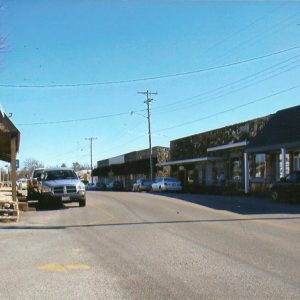 Ash Flat Street Scene
Ash Flat Street Scene 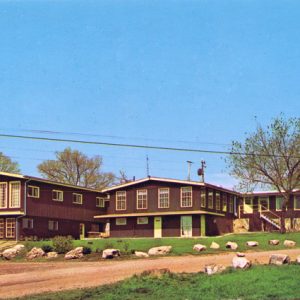 Cherokee Village Community Center
Cherokee Village Community Center 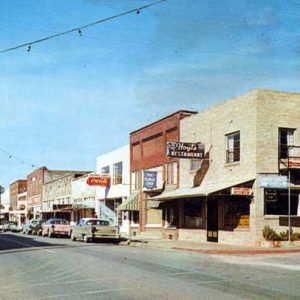 Hardy Street Scene
Hardy Street Scene 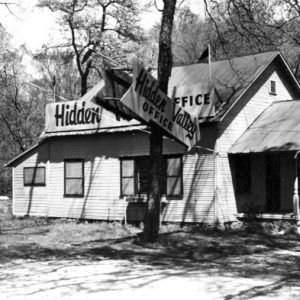 Hidden Valley Office
Hidden Valley Office 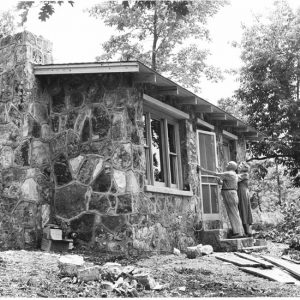 Native Stone House
Native Stone House  "Preacher" Roe
"Preacher" Roe  Sharp County Courthouse
Sharp County Courthouse 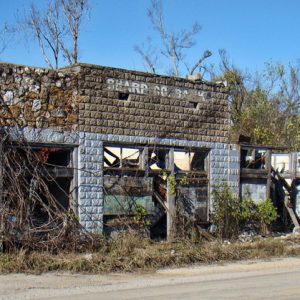 Sharp County Bank
Sharp County Bank 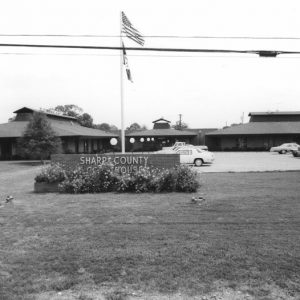 Sharp County Courthouse
Sharp County Courthouse 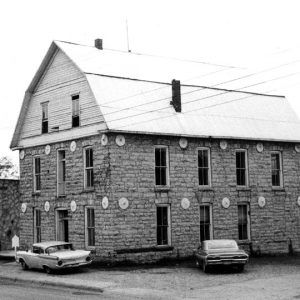 Sharp County Courthouse
Sharp County Courthouse 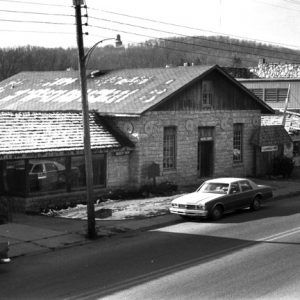 Sharp County Courthouse
Sharp County Courthouse 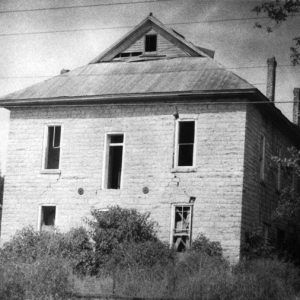 Sharp County Courthouse
Sharp County Courthouse 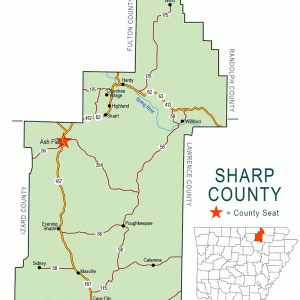 Sharp County Map
Sharp County Map 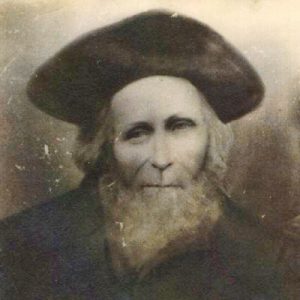 Ephraim Sharp
Ephraim Sharp 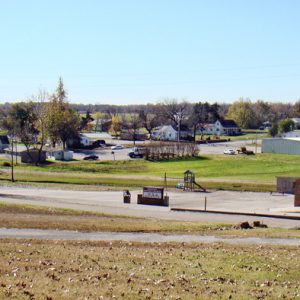 Sidney
Sidney 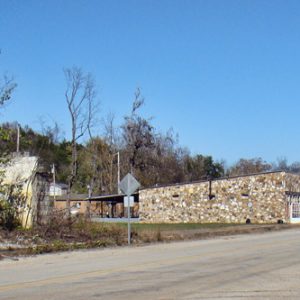 Williford Business District
Williford Business District 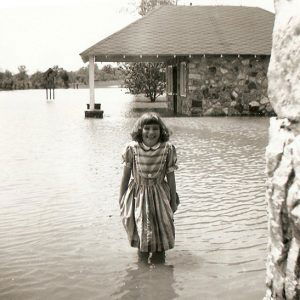 Williford Flood
Williford Flood 




Comments
No comments on this entry yet.